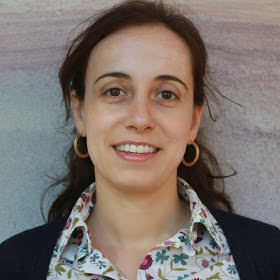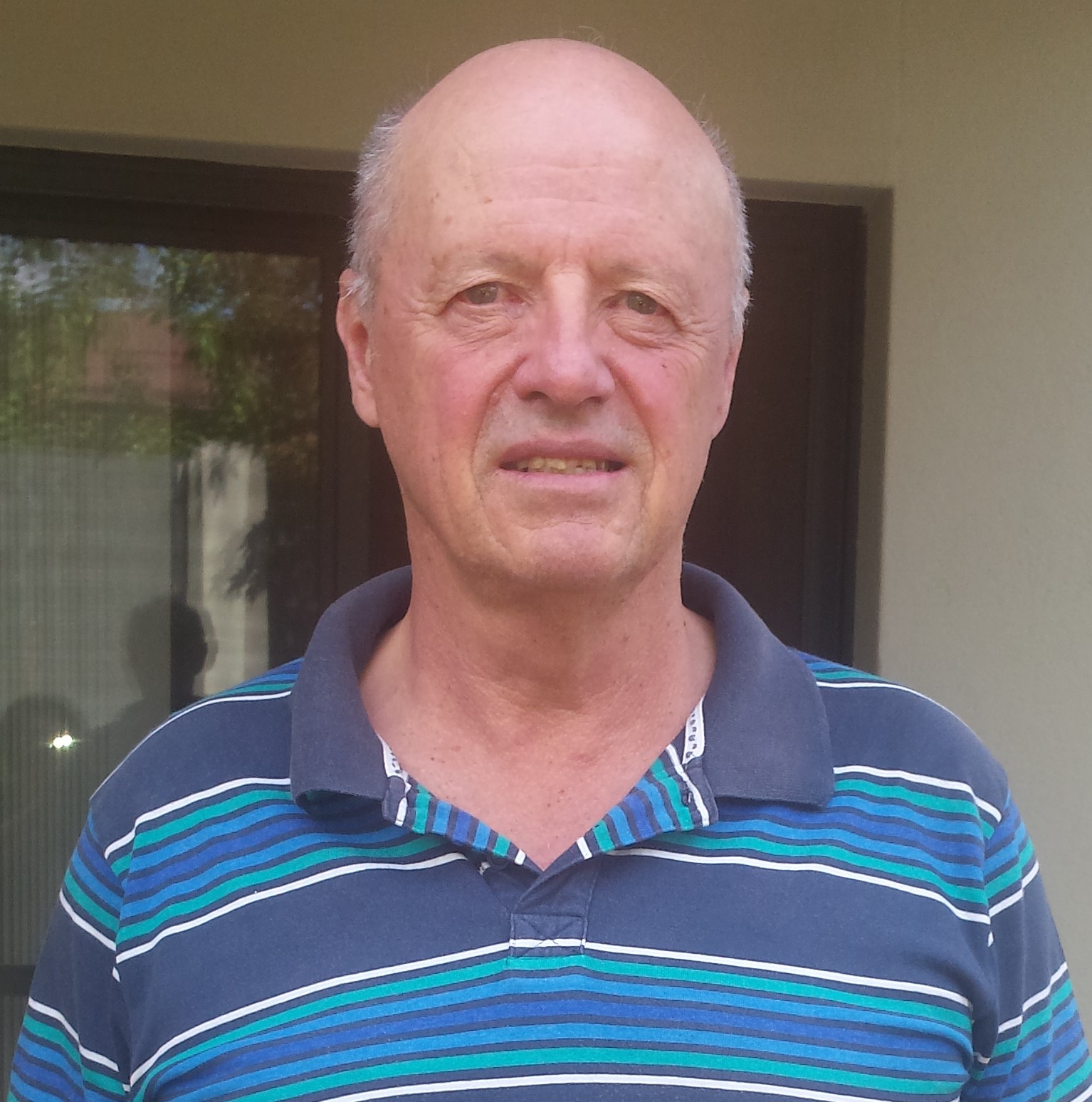ASReML in Practice

Biography:
Arthur Gilmour obtained his B Sc Agr from Sydney University majoring in Biometry in 1970 with a NSW Government traineeship. He then served as a biometrician until his retirement from NSW Agriculture as a Principal Research Scientist in 2009. From the outset, he was involved in software development to meet the current statistical analysis needs of his clients and colleagues. He obtained his PhD in animal breeding from Massey University in 1983 during which time he came into contact with Robin Thompson. This led to a collaboration, also involving Brian Cullis, resulting in the development of ASReml in 1996. He continues to support and develop ASReml and is in regular contact with Robin.
Talk Overview:
The linear mixed model has proved a very useful tool for data analysis, especially in the contexts of plant and animal breeding, agricultural experimentation and data exploration. The design of ASReml allows it to fit a large range of linear mixed models in a variety of contexts. The key features are the use of various correlation structures, use of direct product variance structures and sparse computing methods facilitating the fitting of large models. The linear mixed model has been extended to generalised linear mixed models and hierarchal generalised linear mixed models. The paper will outline the joint model of mean and dispersion.
Emulation of the Spark bushfire solver, and building trust in uncertainty

Biography:
Carolyn Huston is currently a Senior Research Consultant at CSIRO’s Data61, where she has been involved in numerous commercial and strategic research projects related to bushfire risk and resilience, including estimation of fire consequence and loss. She completed a BSc. in Ecology at the University of Alberta, Canada; an MSc. in Biostatistics at the University of Alberta, Canada; and a PhD in Statistics and Simon Fraser University, where she researched West Coast of British Columbia Sockeye fisheries estimation, openings, and related problems using Bayesian hierarchical methods.
Talk Overview:
Emulations is a potentially useful tool in the context of estimating and predicting potential fire perimeters and associated areas burnt. A key advantage of interest is a speedup in estimation of fire progression, allowing faster exploration of scenarios and more efficient incorporation of uncertainty in reported results. Equally important to the development of the emulator is building trust in the technology such that decision makers feel empowered to make decisions using this tool. This work considers both the construction of an emulator, as well as develops a vocabulary and framework to facilitate discussions to build trust better allowing users to understand, accept, and utilize features enabled by the emulator.
All Under One Roof – The Rise of Joint Species Distribution Modeling in Ecology

Biography:
Francis Hui is a Senior Lecturer in Statistics at the Australian National University. Having completed his PhD at the University of New South Wales in 2014, Francis moved to Canberra to undertake a postdoctoral fellowship at the ANU, and has been willingly stuck there since. His research spans a mixture of methodological, computational, and applied statistics, including longitudinal and correlated data analysis using mixed and/or marginal models, dimension reduction and variable selection, and approximate statistical estimation and inference. Much of his applications are motivated by joint modeling in community ecology, and temporal analysis of social and environmental drivers for mental health. All of his research is complemented by copious amounts of tea drinking and unhealthy amounts of anime watching.
Talk Overview:
Prompted by improvements in computing power and an increasing number of scientific questions that are multi-response in nature, the landscape of statistical analysis in community ecology has undergone a major shift in the last five years with the explosion of joint species distribution modeling. In this talk, I will provide an overview of how such models (which are largely based around the use of latent variables or some variation thereof) have come to dominate the discipline, and how they have been adapted to solve questions by ecologists regarding the environmental and biotic processes driving species assemblages. I will then offer an (opinionated) view of where-to-next for joint species distribution models, including the use of “modern” statistical approaches such as covariance/correlation regression and spatio-temporal methods, and the growing software market. Finally, I will discuss related research opportunities across other disciplines where latent variable models are applied, such as in the analysis of multi-environmental field trials in plant breeding.
Practical steps toward reproducibility

Biography:
Patricia Menéndez is a senior lecturer at the Department of Econometrics and Business Statistics at Monash University Business School. Patricia’s training is in mathematics and Statistics and she received her PhD from ETH Zurich in Switzerland. Since completing her PhD she has held academic positions at Wageningen University, University of New South Wales and University of Queensland. Before joining the department she has also worked outside academia as statistician/ecological statistician for the NSW Bureau of Crime Statistics and Research, and for the Australian Institute of Marine Science.
Patricia has expertise developing and applying statistical methodology and computational methods as well as providing statistical training both in academic and non-academic environments. During her time outside of academia, she has worked on multidisciplinary projects to answer research and policy-making questions in the fields of climate change, environmental and marine sciences besides criminology.
Her research interests include statistical inference, functional data analysis, methods for time series, computational statistics, data visualisation and data science tools.
Talk Overview:
Government organisations, industry players, and universities are embracing the notion of reproducibility around projects involving statistical and data analyses as a cornerstone in their working practices. It has become a basic requirement that projects be built in a reproducible manner to ensure that consistent computational results are obtained when using the same input data, computational methods, code and conditions for analysis. In this talk, I will discuss practical steps that can help managers and data science practitioners to set up their statistics and data analysis projects in a reproducible way. Meanwhile, I will also address some of the fundamental challenges in making work reproducible. I will draw on a few examples from my experience working outside of academia and discuss how reproducibility can be incorporated in university curriculums.
The application of CycDesigN in designing experiments for use in agriculture

Biography:
Emlyn worked as a statistical consultant with CSIRO for 35 years before becoming Director of the Statistical Consulting Unit at ANU (2006-2013). He has wide experience in the application of statistical methods and has published around 150 journal articles and 2 books. In 2019 he received the E.A. Cornish Award from the Australasian Region of the International Biometric Society in recognition of his longtime service to the Biometric Society and to the advancement of Biometry.
Emlyn’s main areas of research interest are in the design and analysis of experiments and the use of mixed models in practice. He is also actively involved in the development and maintenance of the design generation package CycDesigN.
Emlyn has given many short courses in Australia and overseas with a focus on statistical training in conjunction with computer packages. He has served on the Central Council of the International Biometric Society and has been an Associate Editor for the Australian and New Zealand Journal of Statistics and Biometrics and was a coeditor of the JABES 2020 special issue “Recent advances in design and analysis of experiments and observational studies in agriculture”.
Talk Overview:
CycDesigN version 8.0 (CD8) has extensive features for the design of field and glasshouse experiments, including plant phenotyping. This talk will focus on major upgrades in the construction of partially replicated (p-rep) designs for one or more locations. Examples of neighbour balance and evenness of distribution (NB & ED) designs as applied to resolvable, non-resolvable and p-rep designs will also be presented.
- Piepho, H.P., Michel, V. & Williams, E.R. (2018). Neighbour balance and evenness of distribution of treatment replications in row-column designs. Biometrical Journal 60, 1172-1189.
- Piepho, H.P., Williams, E.R. & Michel, V. (2021). Generating row-column field experimental designs with good neighbour balance and even distribution of treatment replications. Journal of Agronomy and Crop Science 207, 745-753.
Uncertainty quantification and communication for the earth sciences

Biography
Edward Cripps, deputy director of DARE centre (Data Analytics for Resources and Environments), is an Associate Professor in the Department of Mathematics and Statistics at the University of WA. His research interests are in Bayesian longitudinal analysis and spatio-temporal models, and the integration of statistical and physical models. His primary applications are in the statistical modelling of environmental, meteorological and oceanographic processes and their interaction with engineering decision making and asset management. Edward has extensive experience in industry collaboration and translating academic research output into commercially industrial applications. He is currently working in collaboration with Shell, Woodside, Lloyds and the Alan Turing Institute, the UK’s national data science institute.
Talk Overview:
Advances in technology and the availability of data-acquisition devices have increasingly centralised the role of the data analytics in the earth sciences, which in turn inform data driven decision making across science, industry and government. Still, despite the preponderance of data, empirical based decision making continues to be made under conditions of uncertainty: data is messy; statistical model selection/estimation is complex; underlying physics that discretised numeric methods attempt to resolve are mis-specified. This recognition implies that, when the consequences of decisions are substantial, robust uncertainty quantification ought to accompany the fusion of domain knowledge and empirical evidence. This talk is based on a series of recent papers, providing an overview on: recent applications/methods developed with earth scientists and industry partners for probabilistic models of meteorological, oceanographical and geophysical processes; experiences on conveying to non-statistical colleagues the meaning of uncertainty and its consequences for decision making; deployment of software for private (industry) and public use.